Learn Textile

Weaving
Kutch weaving is practiced on a 4 treadle, fly shuttle pit loom. The specialty of the tradition is hand insertion of ornamental extra wefts, almost like embroidering. Traditional dhabla/ blankets which used interlocking or tapestry wefts were made with a hand thrown shuttle.
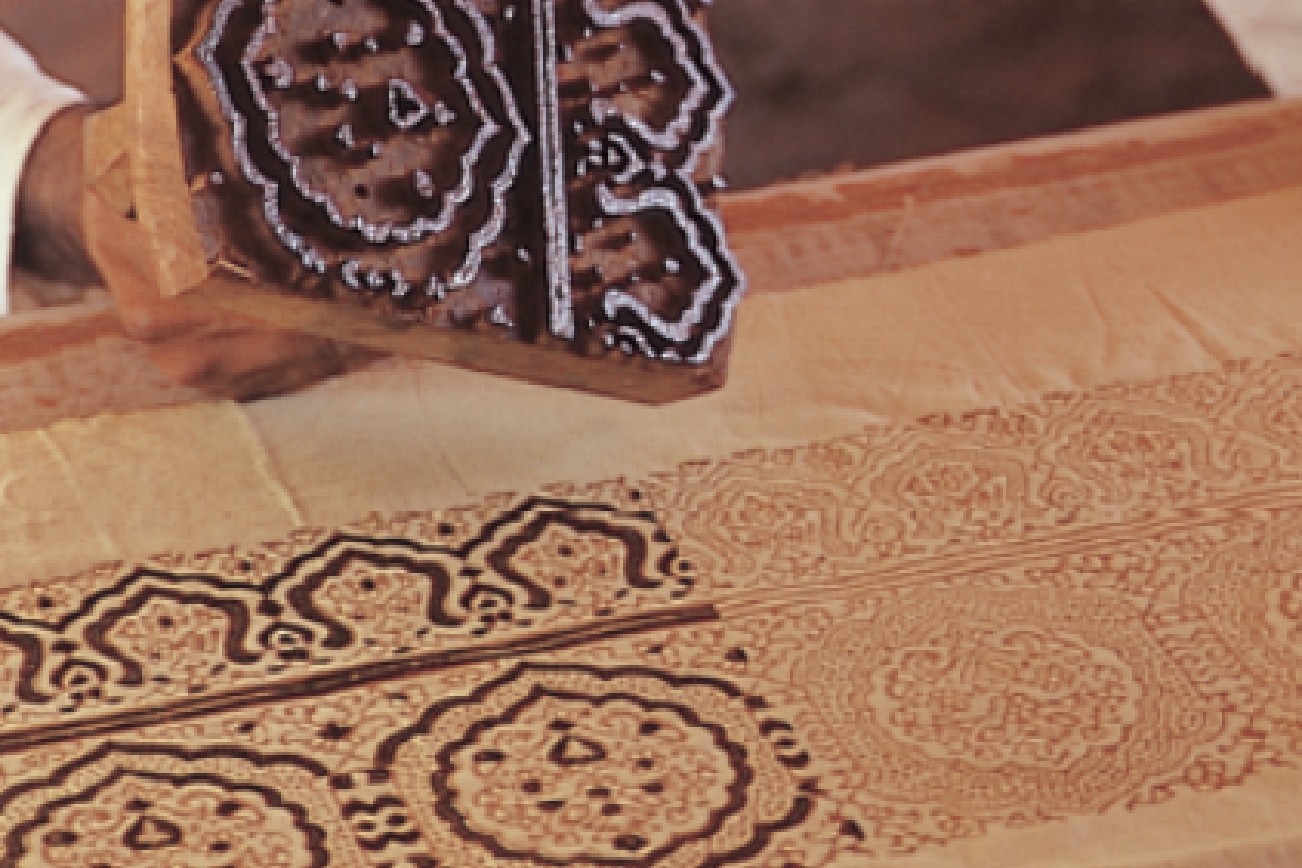
Block Printing
Kutch block printing is largely done with resist, so that the pattern is light on dark. Substances including gum Arabic and lime, or mud and millet flour are printed on the fabric with wooden blocks. When the fabric is immersed in the dye bath, the color cannot penetrate the printed areas. Typical patterns are complex, using two or three blocks to create the motifs. The most traditional fabric, Ajrakh, is printed separately on the back and front. Thus, registration is a critical skill.
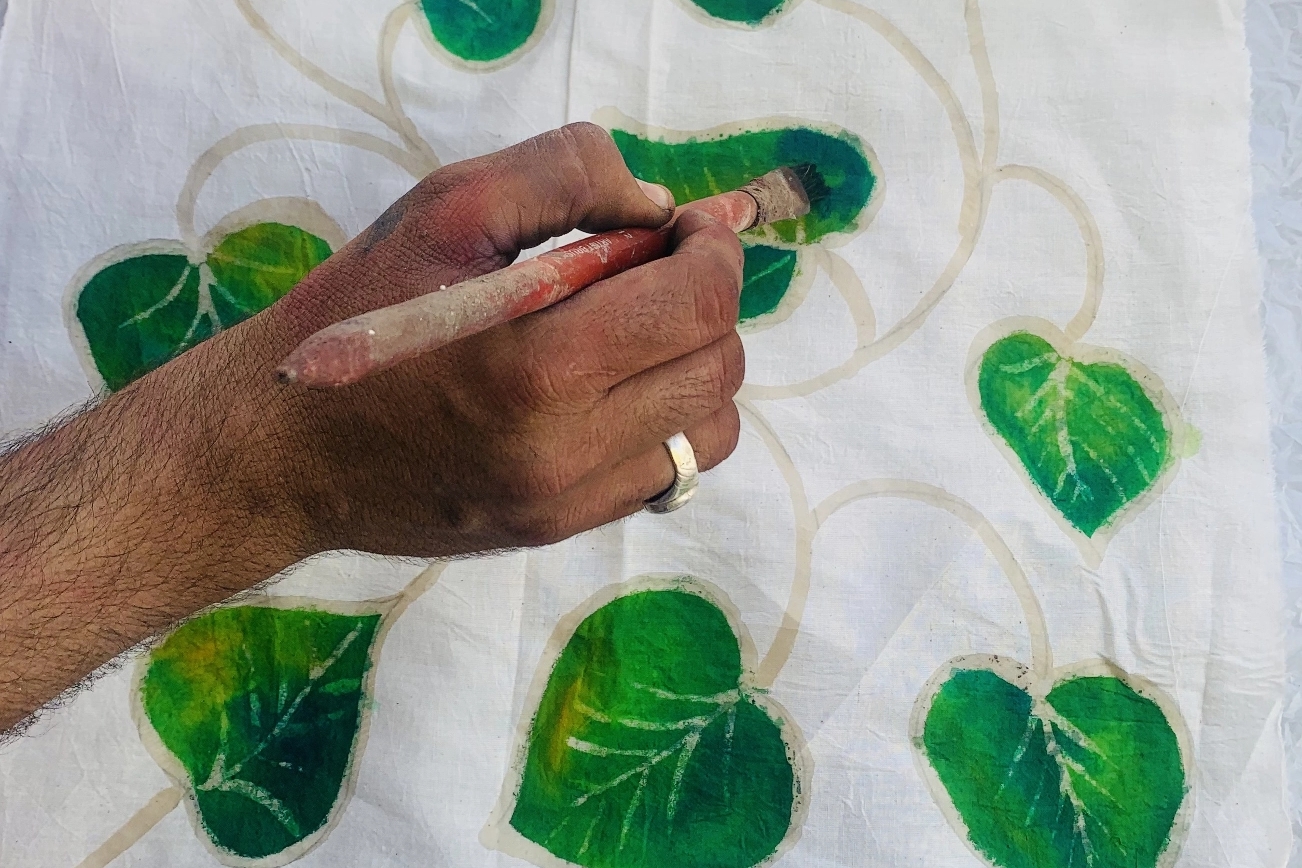
Batik
Batik in Kutch is a particular form of resist printing. The wax is applied with wooden blocks. Again, the patterns are light on dark. But the technique of printing is specifically swift because the wax must be applied while it is hot.
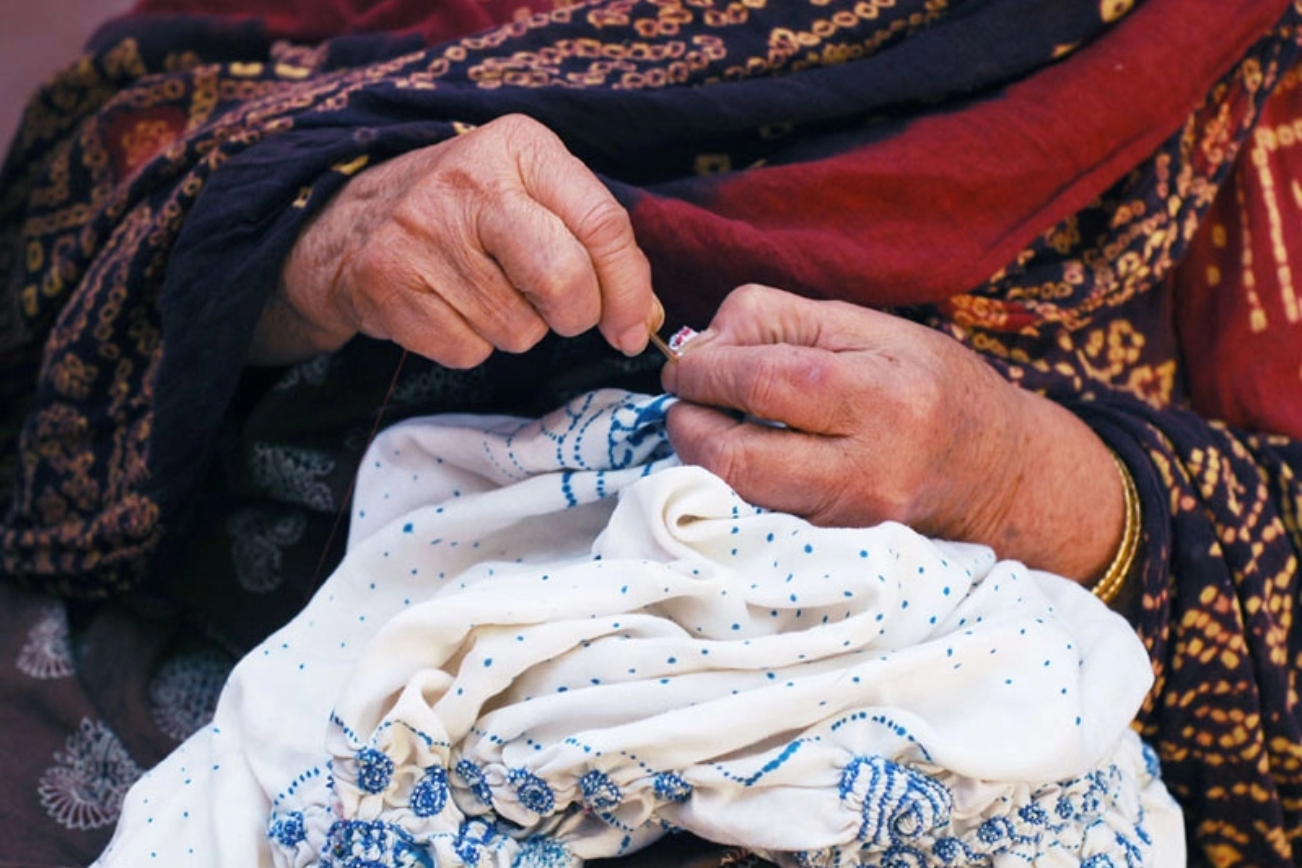
Bandhani
Bandhani, or shibori, is a tie dyed resist. The fabric is folded for double thickness, printed with a basic pattern, and tied with fine cotton string in knots along the patterns. When the fabric is immersed in dye, the dye cannot penetrate the knots and a dotted pattern results. The technique requires manual dexterity.
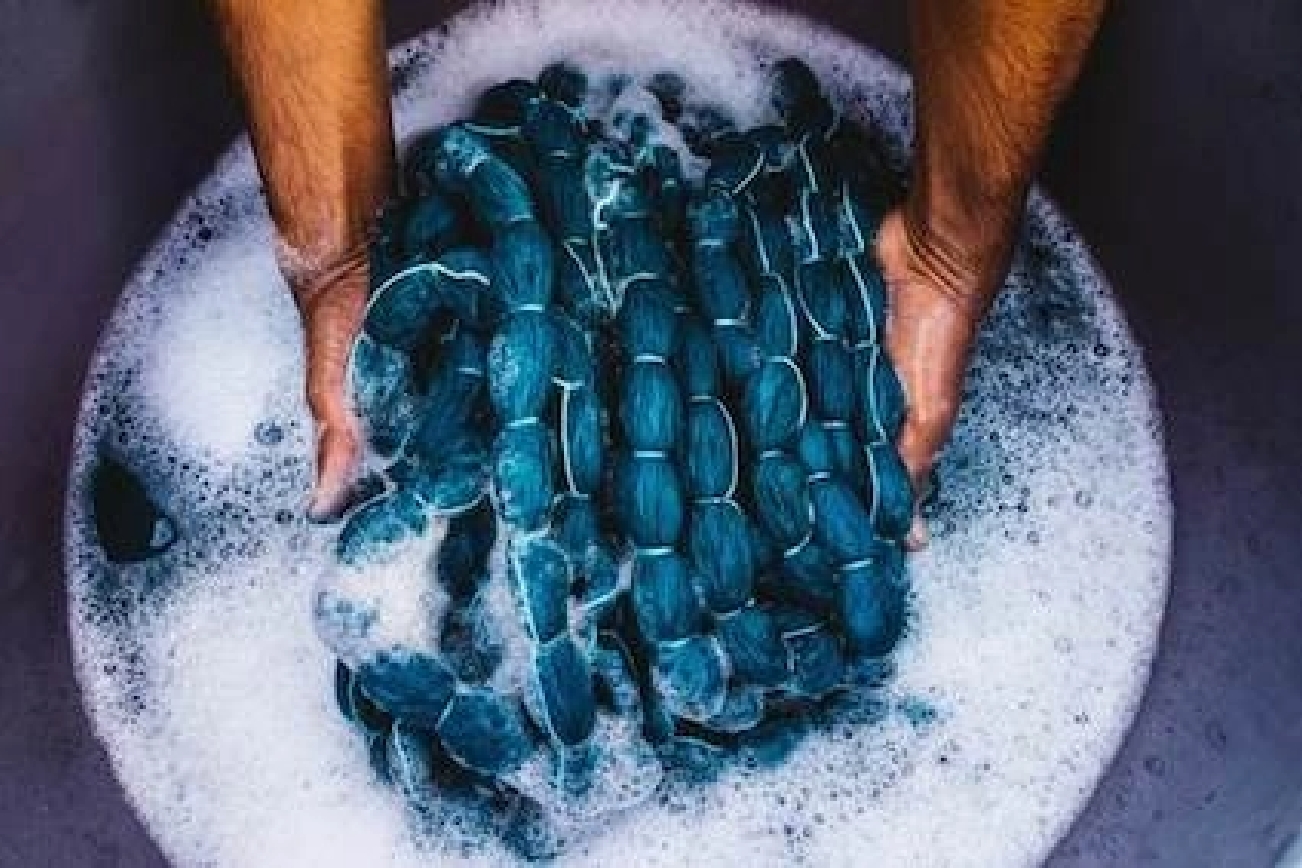
Natural Dyeing
Traditional Kutch textiles were dyed with natural substances, including indigo, iron acetate, madder and pomegranate rinds. Natural dyes on cotton fabrics require mordants. So the process is multi-stepped and based on an understanding of chemistry.

Embroidery
Many styles of embroidery are practiced in Kutch. All employ intricate stitching techniques, and setting mirrors. Rabari's work is renowned for its prolific use of mirrors of a variety of shapes, and its wide repertoire of stitches. Suf is worked from the reverse of the fabric in surface satin stitch counted on the warp and weft. Garasia Jat embroidery is a cross stitch variation also counted on the warp and weft, and using minute mirrors. Pako uses nearly the same techniques as Rabari work, but is denser with predominantly floral motifs.
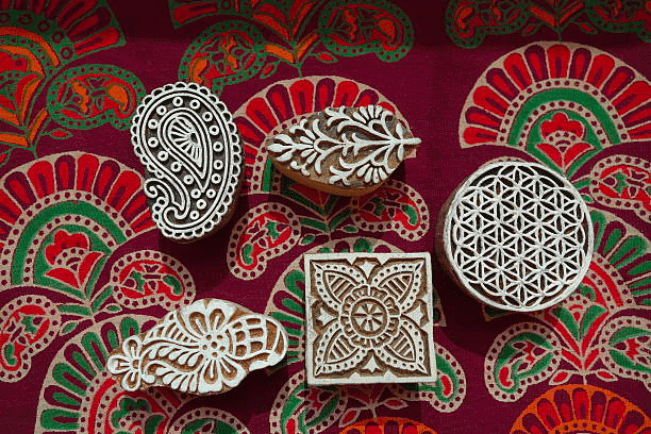
Patchwork and Applique
Patchwork creates a fabric by stitching together squares and triangles of cloth. Appliqué creates patterns by stitching pieces of cloth upon the fabric. Both techniques are relatively easy to learn and can be used to make larger, utilitarian products.

